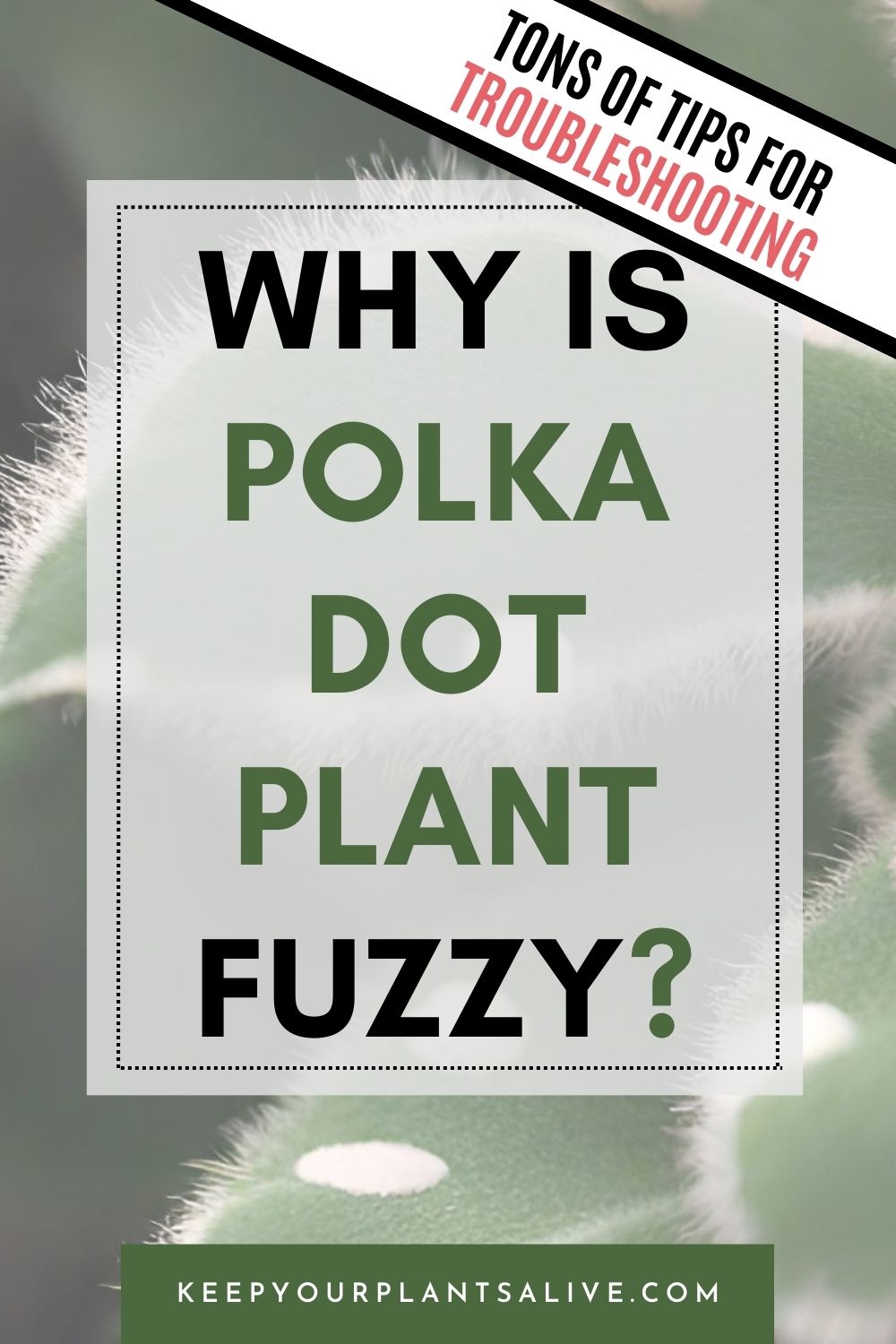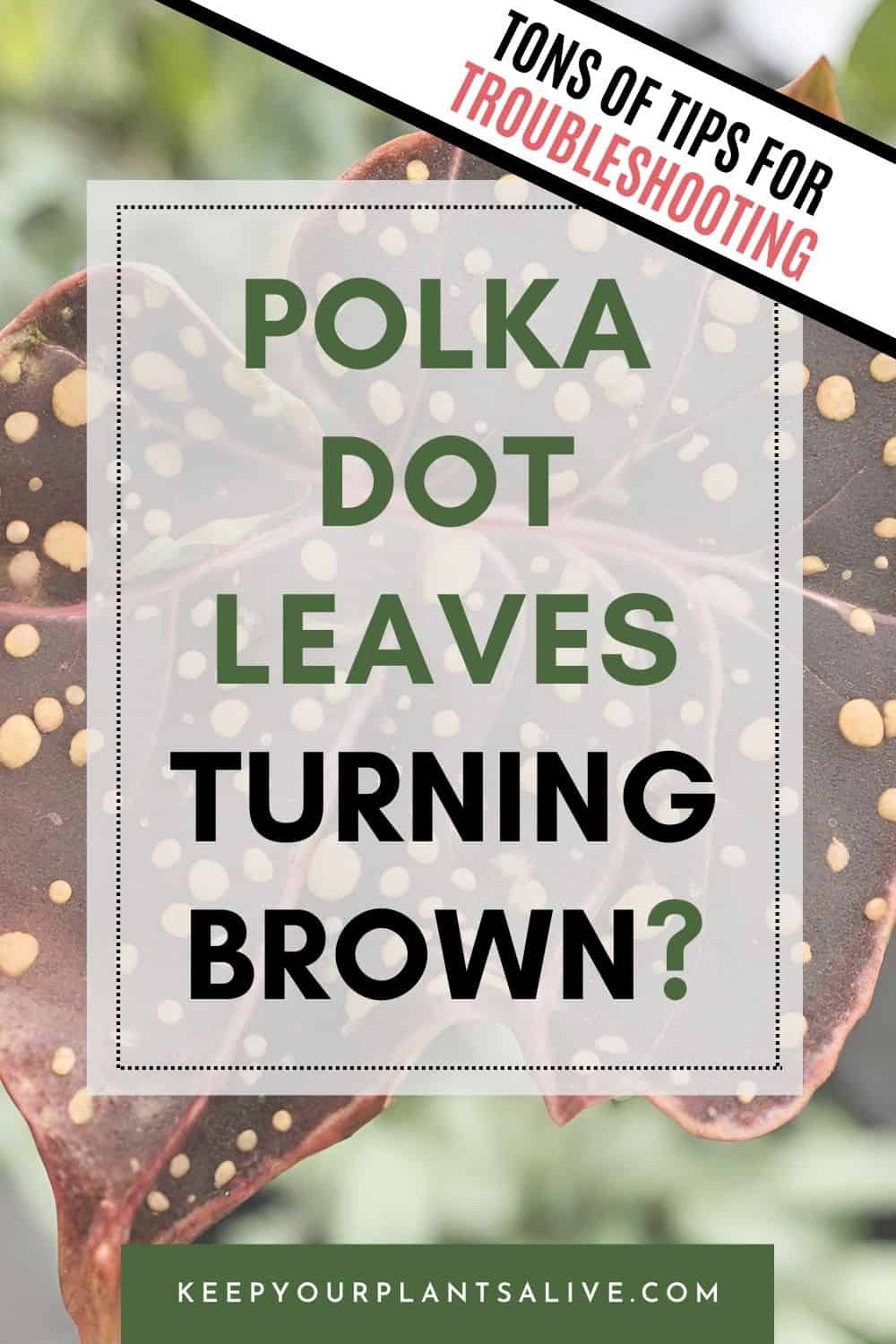Looking for a plant to spruce up your home? Check out my in-depth polka dot plant care guide for advice and tips!
The polka dot plant, scientifically known as Hypoestes Phyllostachya, is a delicate tropical beauty renowned for its vibrant foliage.
Its leaves boast a distinctive pattern of pink, red, and white dots, symbolizing joy, creativity, and surprise, which inspired its name.
This plant is also known by other common names such as flamingo plant, pink dot, measles plant, and freckle face.
While gardeners typically regard polka dot plants as seasonal due to their natural habitat in warm climates, with proper care, they can thrive for many seasons.
In this polka dot plant care guide, we will provide essential information and the best care guide for this eye-capturing green beauty.

Polka dot plant care guide 101: Types
To start our polka dot plant care guide, let's explore some of the best polka dot plant types.
Although some varieties are more common than others, all of them bring a burst of vibrancy to your household:
- Confetti: Featuring dark green leaves with red accents.
- Carmina: Displaying green leaves adorned with red, white, and rose-colored dots.
- Pink Brocade: Boasting green leaves sprinkled with pink dots.
- Splash series: A blend of green, red, pink, and white colors.
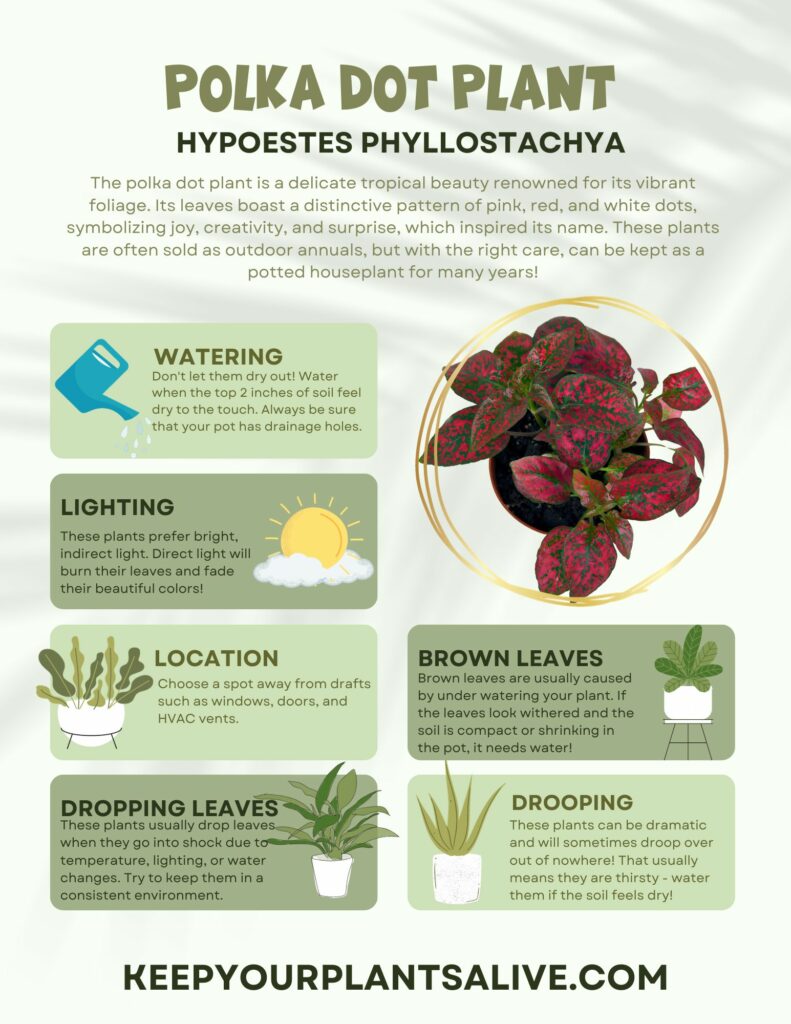
Polka dot plant care guide
Without a doubt, the unique charm of the polka dot plant will capture your attention instantly.
However, before you decide to add it to your home's decor, you should be familiar with the polka dot plant care guide to ensure it thrives.
By doing so, you will be able to achieve the best result without hesitation.
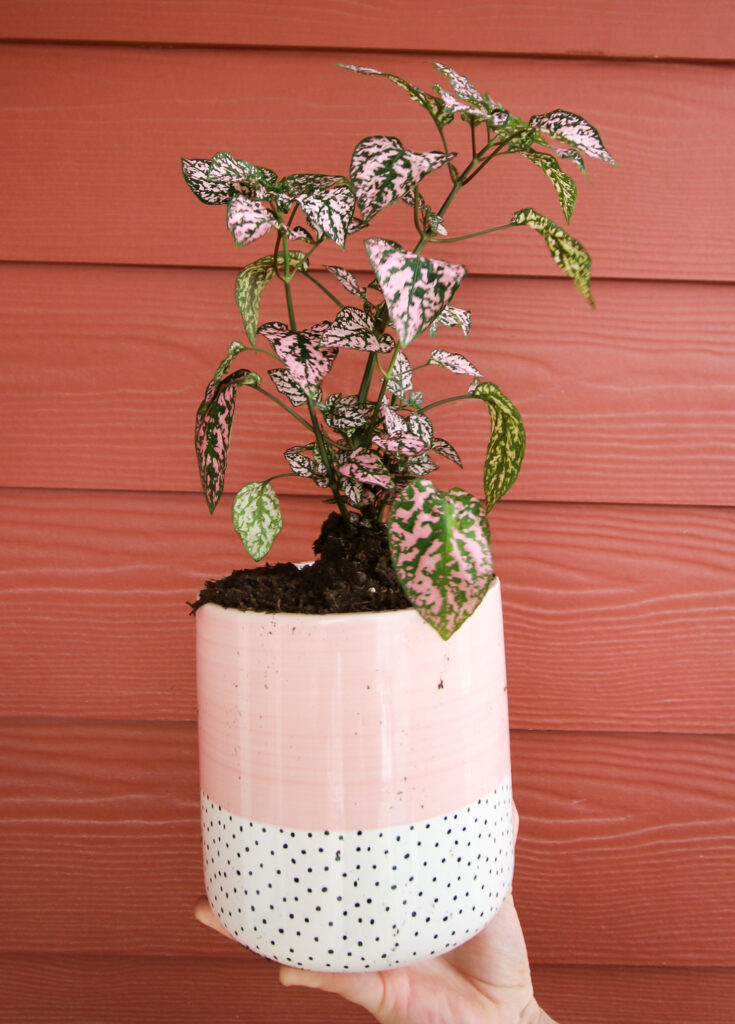
Polka dot plant watering
Although it is a small plant, proper watering is crucial for the health of your polka dot plant.
Avoid overwatering, as it is the leading cause of problems with this plant.
How often should I water my Polka dot plant?
As with most plants, the seasons will serve as a guide on for watering your polka dot plant.
Because they like their soil to be moist, ensure that you provide the plant with more water during the hot summer days.
On the other hand, polka dot plant care in the winter is easy.
As soon as it gets cold, put it in a suitable place, and water it only when the soil is completely dry.
Additionally, if your polka dot plant is placed outdoors, you should move the plant inside.
Maintaining a delicate balance between soil moisture and watering is essential, as overwatering can lead to root rot.
Polka dot plant lighting requirements
When thinking about how to grow a polka dot plant, you should also pay attention to its lighting demands.
Luckily, this amazing houseplant can be kept outdoors during the summertime! However, avoid placing them in direct sunlight.
The distinctive colors and patterns of their leaves are their main attraction.
Although the polka dot plant blooms in the summer, you still should properly meet the polka dot lighting requirements.
The leaf spots will fade if you place them in strong, direct light, while keeping them in complete shade will have the same effect on the dots.
That's why, as part of our polka dot plant care guide, we recommend keeping it in bright, indirect light.
Selecting polka dot plant soil
All polka dot plant types need gradual watering, meaning the soil must be constantly moist.
In addition, they prefer organically rich soil.
However, the soil shouldn’t remain constantly wet despite their love for water. So, you should opt for well-drained soil to ensure optimal results.
Additionally, the soil should be mineral-rich.
The easiest way to do this is by using a mixture of perlite, general-purpose potting soil, and peat moss.
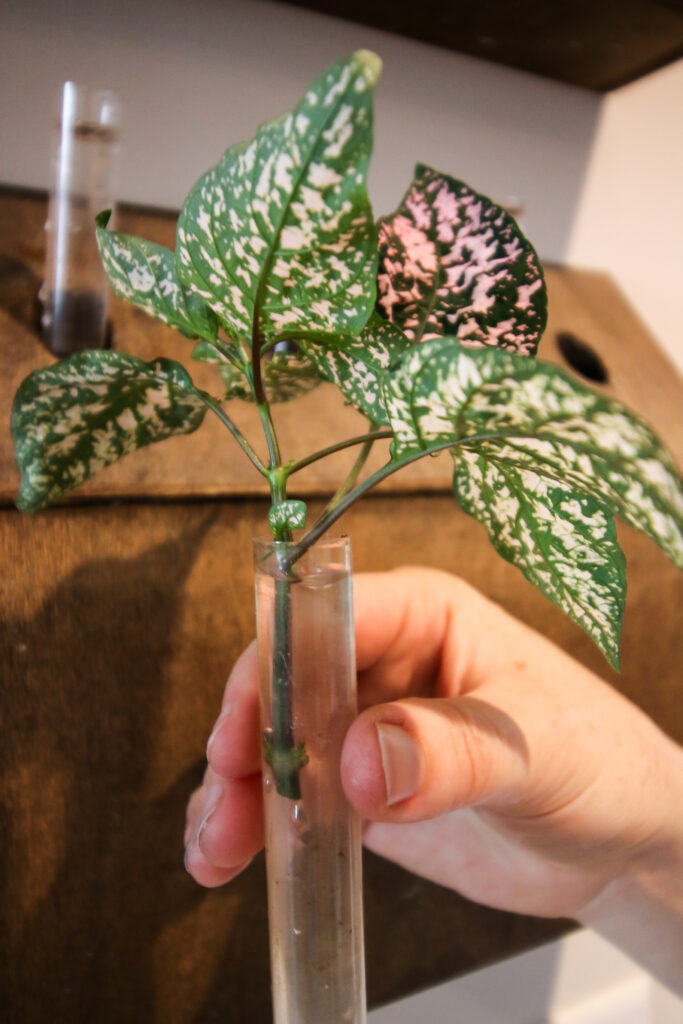
Potting
If you notice yellowing and overly soft leaves, it's a clear sign that your polka dot plant needs to be repotted.
Since its roots have no place to grow anymore, they come out through the pot's drainage holes.
The best time to transplant the Polka dot plant is in the spring, after the dormant period.
When repotting, you should choose a pot that is about two inches (5cm) wider and deeper than the previous one.
This allows your polka dot plant to grow gradually and healthily.
Polka dot plant fertilization
Polka dot plants do best in very nutritious organic soil.
At the height of its development, from spring to autumn, you should fertilize it for two weeks, with fertilizer for domestic plants.
It is a balanced fertilizer soluble in water mixed at half strength; the 10-10-10 rule applies, i.e., 20-20-20.
Polka dot plants are heavy feeders, which is why they are fertilized so often.
That said, as part of this polka dot plant care guide, we recommend feeding it regularly.
Important: You must remember that this fertilization should not be done in the winter period because then the plant is dormant.
Propagation
Do you want more baby plants from Polka Dot? Well, this plant is super easy for propagation, and bonus, it is very cheap to do it.
It grows super fast, and the best time to do it is from spring to autumn.
For more information about this, you can read on our blog about propagating the Polka dot plant.
Quick Polka Dot Plant tips!
- Polka dot plant prefers at least 50 percent air humidity. So, you can keep them close to your bathroom window.
- They love temperatures above 60°F (15°C).
- Refresh the plant daily with a water bath.
- You can propagate a new plant with just one of its leaves.
- Regular pruning enhances the plant's splendor.
With this polka dot plant care guide, you're well-equipped to cultivate a thriving and vibrant plant in your household!
Thanks for reading!


Hey there, I'm Morgan, a houseplant enthusiast from sunny Charleston, South Carolina. Growing up surrounded by my mom's lush orchids and African violets, I discovered the magic of bringing nature indoors. Thanks to the pandemic, I delved deeper into houseplants, discovering their power to uplift moods and transform spaces. I'm here to spill all my secrets, helping you pick the perfect houseplant - and make it happy. Let's keep your plants alive, together! 😊



